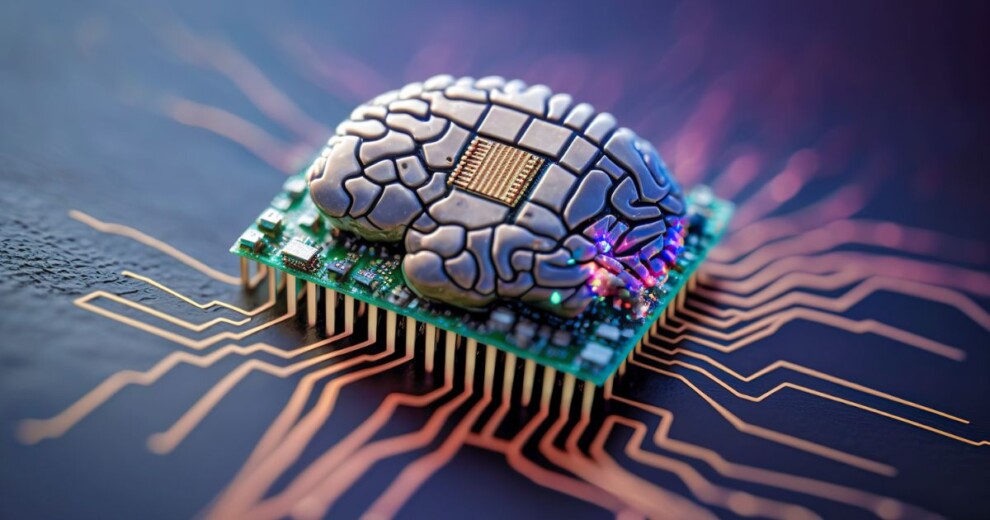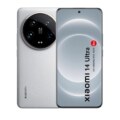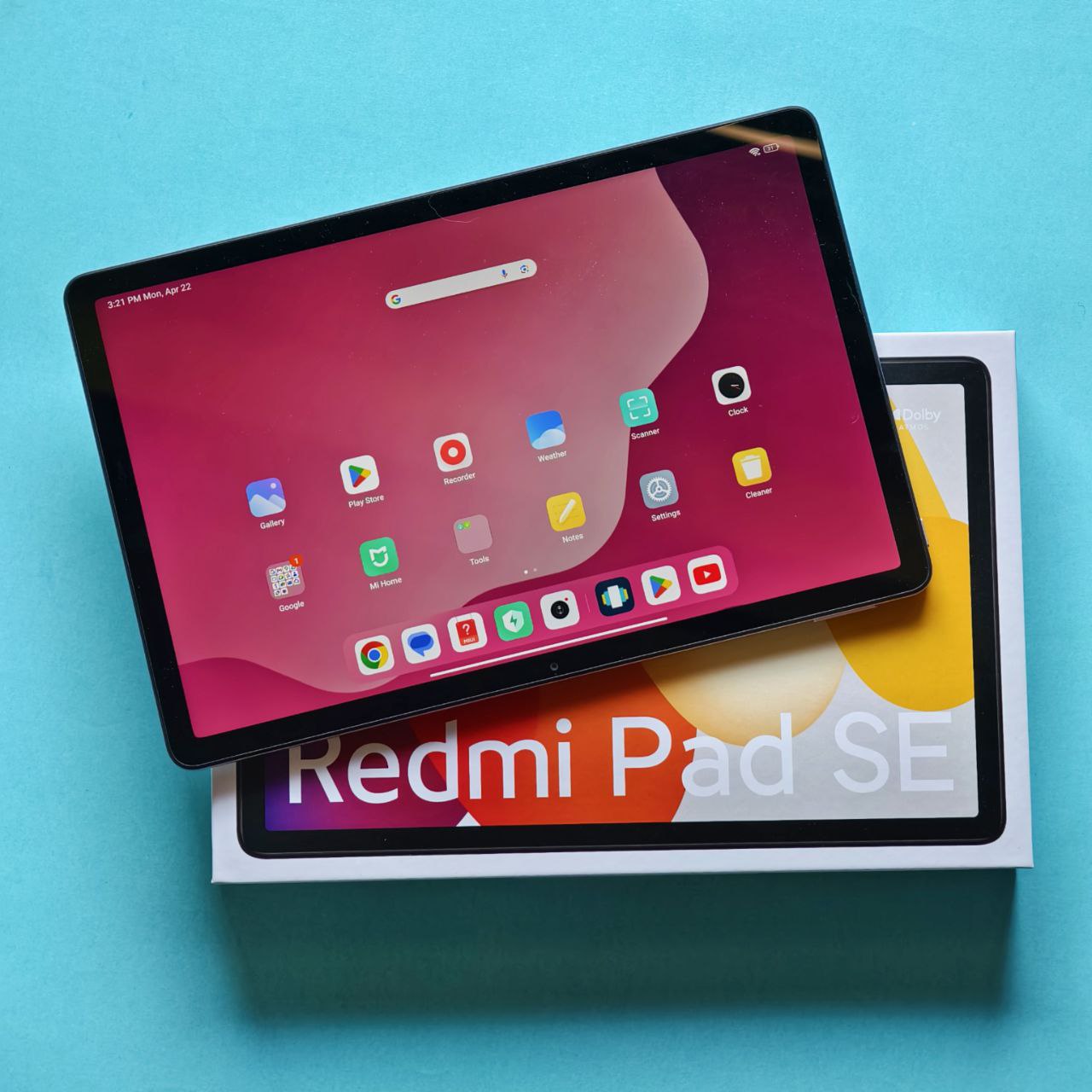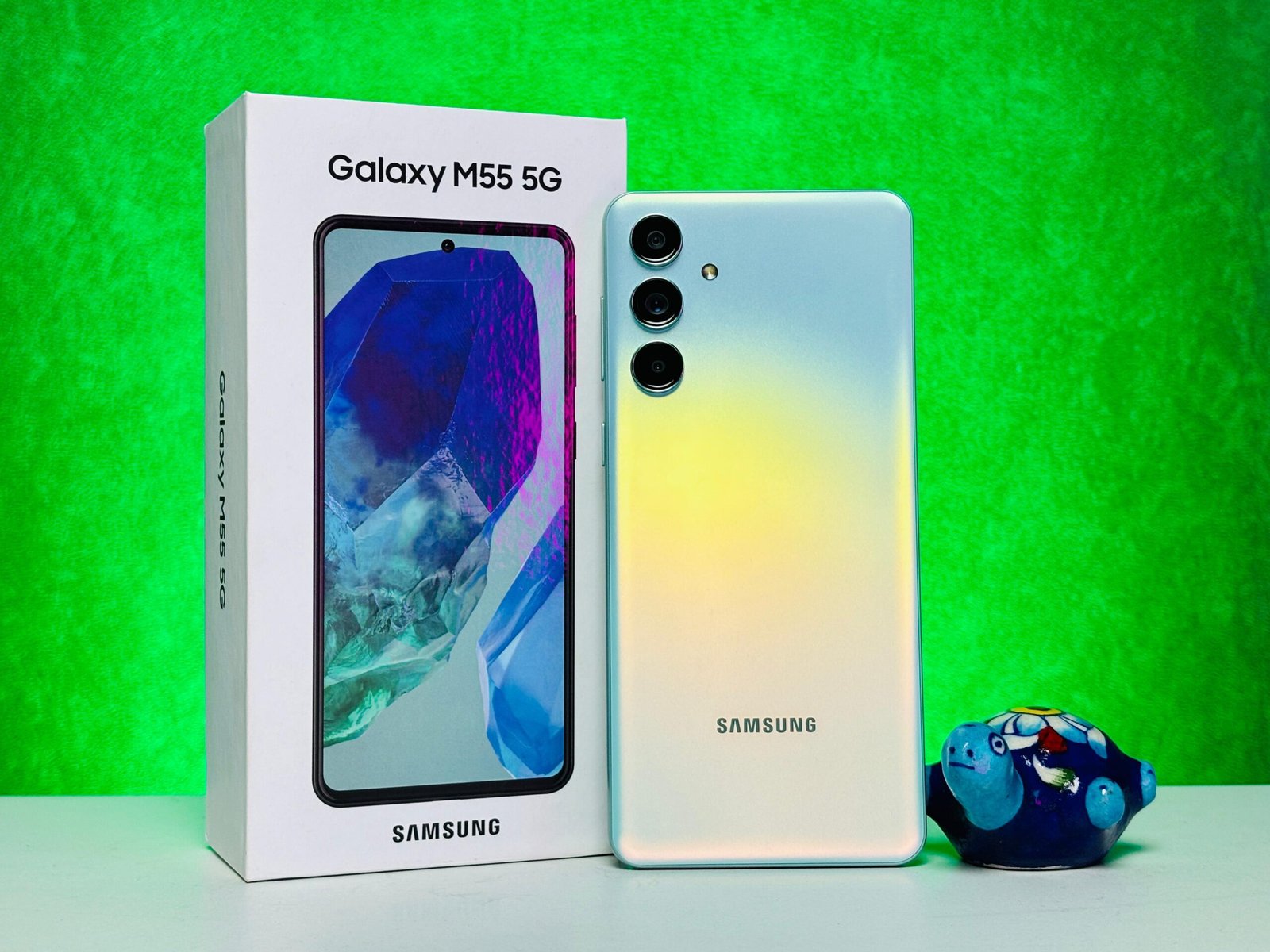In the ever-evolving landscape of artificial intelligence (AI), researchers and engineers are continually pushing the boundaries of what is possible. Recent developments in quantum computing, neuromorphic chips, and related fields promise to usher in the next generation of tiny AI, revolutionizing industries and everyday life. Let’s delve into the key highlights of these advancements:
Key Highlights:
- Quantum Computing: Quantum computing holds immense potential for Artificial Intelligence due to its ability to process vast amounts of data and solve complex problems exponentially faster than classical computers. Researchers are exploring quantum algorithms for machine learning tasks, optimization problems, and simulating quantum systems.
- Neuromorphic Chips: Inspired by the human brain, neuromorphic chips mimic the brain’s neural networks, enabling efficient and intelligent computing. These chips excel in tasks such as pattern recognition, sensor data processing, and autonomous decision-making, paving the way for AI-powered devices with low power consumption and high performance.
- Hybrid Approaches: Combining quantum computing with neuromorphic computing offers synergistic advantages, enabling the development of more powerful AI systems. Hybrid models can leverage the strengths of both technologies, leading to breakthroughs in areas such as drug discovery, financial modeling, and climate forecasting.

Quantum Computing: Shaping the Future of AI The field of quantum computing has seen remarkable progress in recent years, driven by advancements in hardware, software, and algorithms. Quantum computers utilize quantum bits or qubits, which can exist in multiple states simultaneously, enabling parallel processing and superior computational power. Researchers are exploring various applications of quantum computing in AI, including:
- Machine Learning: Quantum machine learning algorithms promise to revolutionize pattern recognition, data clustering, and classification tasks. These algorithms leverage quantum properties such as superposition and entanglement to enhance learning speed and accuracy.
- Optimization: Quantum computers excel in solving optimization problems, such as route optimization, portfolio optimization, and resource allocation. By harnessing quantum parallelism, they can explore vast solution spaces more efficiently than classical algorithms.
- Quantum Simulation: Simulating quantum systems is notoriously challenging for classical computers due to the exponential growth of computational resources required. Quantum computers offer a solution by naturally simulating quantum phenomena, enabling advances in materials science, chemistry, and physics.
Neuromorphic Chips: Emulating the Brain’s Efficiency Neuromorphic computing draws inspiration from the brain’s architecture and functionality to design hardware and software systems with cognitive capabilities. These systems mimic the parallel processing and adaptability of biological neurons, enabling efficient and intelligent computing. Key features of neuromorphic chips include:
- Spiking Neurons: Neuromorphic chips employ spiking neurons, which communicate through spikes or pulses of activity, akin to neural firing in the brain. This event-driven processing reduces energy consumption and enables real-time processing of sensory data.
- Synaptic Plasticity: Synaptic plasticity, the ability of synapses to strengthen or weaken over time, is a fundamental aspect of learning and memory in the brain. Neuromorphic chips incorporate synaptic plasticity mechanisms, enabling adaptive learning and pattern recognition tasks.
- Low Power Consumption: Unlike traditional computing architectures, neuromorphic chips operate with minimal power consumption, making them suitable for battery-powered devices and edge computing applications. This energy efficiency is crucial for AI deployment in mobile devices, IoT sensors, and autonomous systems.
Hybrid Approaches: Unleashing the Power of Integration While quantum computing and neuromorphic computing offer distinct advantages, combining these technologies can yield even greater benefits. Hybrid approaches leverage the strengths of both quantum and neuromorphic computing to tackle complex problems more effectively. Key advantages of hybrid models include:
- Enhanced Performance: By integrating quantum and neuromorphic components, hybrid models can achieve superior performance in terms of speed, accuracy, and energy efficiency. These models are particularly well-suited for real-time data processing and decision-making tasks.
- Robustness: Hybrid architectures offer resilience against hardware failures and noise, mitigating the inherent challenges of quantum and neuromorphic systems. This robustness is essential for practical applications in mission-critical domains such as healthcare, finance, and cybersecurity.
- Scalability: Hybrid models provide scalability by leveraging complementary computing resources and algorithms. As quantum and neuromorphic technologies continue to evolve, hybrid architectures can adapt and scale to meet the demands of increasingly complex AI applications.
The convergence of quantum computing, neuromorphic chips, and hybrid approaches heralds a new era in tiny AI, unlocking unprecedented capabilities and applications. While significant challenges remain, including hardware scalability, algorithmic complexity, and ethical considerations, the potential benefits are immense. As researchers and engineers continue to innovate in these fields, we can expect to see transformative advancements that reshape industries, enhance human capabilities, and drive progress towards a more intelligent future.
























Add Comment